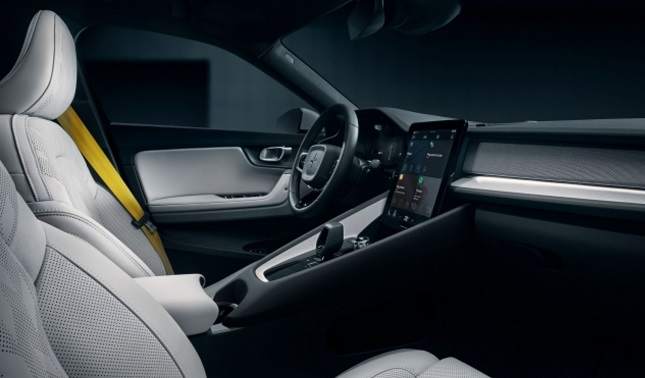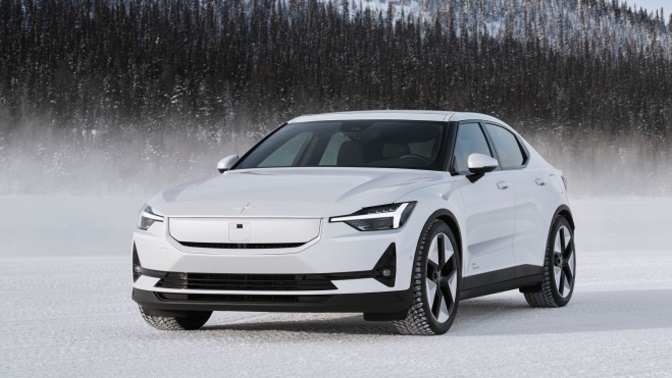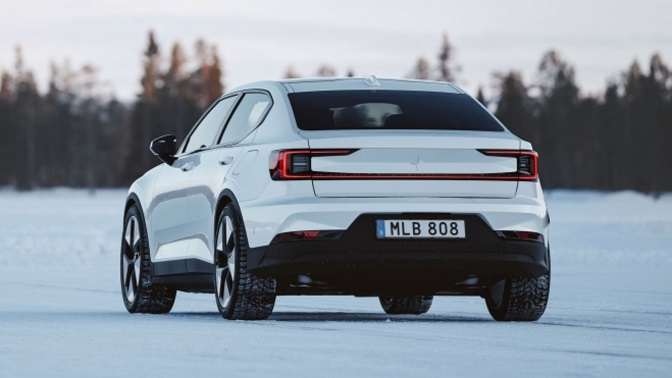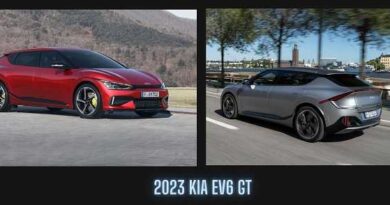This electric sedan competes head-to-head with the Tesla Model 3: it beats it in design but loses in price.
This electric sedan competes head-to-head with the Tesla Model 3: it beats it in design but loses in price.
The Tesla Model 3 is likely what most people think of when they picture a fully electric sedan. But, because of its attractiveness, there is an alternative that even garners more attention.

The Tesla Model 3 is, without a doubt, the best electric sedan available. Elon Musk’s model has a distinct identity and, as a result of a recent makeover, an even more attractive appearance. However, it also triumphs in popularity as it was repeatedly deemed the best-selling electric vehicle globally, up until the introduction of its sibling, the Model Y. There are options for those who prefer another car to the one that Tesla has to offer.
Undoubtedly, there are a growing number of options in the electric sedan market, particularly from Chinese manufacturers. The BYD Seal is a more than suitable choice to illustrate this. However, regarding uniqueness and design, one vehicle has garnered even more attention than the others: the Polestar 2.
The tight electric sedan sector
In 2020, the Polestar 2 was released. Its aesthetics have stayed the same since its arrival four years ago, despite a general update in 2024. Overall, this sedan has a very successful image and is very similar in design to some of the Volvo models derived from.
The company’s emblem, which can be adorned in the same hue as the body, rests atop the hood. Its fully faired grille is elongated and relatively narrow, acting as a link between the two headlights. These feature Volvo’s iconic lighting signature, Thor’s hammer, and have a ‘T’ shape. Regarding the lower bumper, it features a tiny ventilation hole.

Despite having a relatively short rear overhang, it usually has a three-volume sedan profile. Eight-spoke forged wheels with a maximum diameter of 20 inches are featured on the Polestar 2. These come in 19-inch finishes that are the most accessible. The power and battery capacity of the model is written in the lower section of the car’s profile, which is quite noticeable. There are six color choices for your body decoration.
Lastly, the car’s rear features thin, elegant headlights that span the whole width. Its overall style is simple, with the brand’s emblem taking up most of the set. A black plastic embellishment accentuates the crossover-style design of the lower portion.
When we look inside, we see a very minimalist design—though not quite as much as when we look inside the Tesla Model 3. This vehicle has a digital instrument panel and a central information and entertainment panel vertically behind the steering wheel. Besides the latter are physical buttons controlling the sound system’s volume and air conditioning-related functions, such as defrosting the windows. And lastly, the gear lever is aesthetically pleasing.
Synthetic textile material is used to cover the entire cabin. Its chairs are cozy and welcoming. The same is true for the back seats, which have ample room to accommodate almost all physiognomies. In the second row, passengers up to 1.90 meters tall can comfortably travel. Lastly, its cargo area can hold up to 1,097 liters when the rear row of seats is folded down, but it has a minimum volume of 407 liters.

Mechanics and prices in Europe
There are various power and battery options available for the Polestar 2. The so-called Standard Range Single Motor is the least expensive. Its rear axle houses a single electric motor with a maximum torque of 490 Nm and a 200 kW/272 HP power. This allows for a 6.4-second 0–100 km/h acceleration and a 205 km/h top speed.
Thanks to its 69 kWh battery, the model’s WLTP cycle approval indicates that it can travel up to 546 kilometers in this configuration. As an alternative, there are models with higher power (up to 350 kW/476 hp) and higher battery capacity (up to 82 kWh), but the price difference is more significant.
The Polestar 2 is sold in Europe for €52,900 without assistance or discounts. It is, for comparison, the priciest option among those listed above. The BYD Seal starts at €46,990, while the Tesla Model 3 starts at €39,990.
Related Post



